A Brief History of This Tool: Who Developed It?
The idea of “policy” in machine learning stems from the broader concepts of optimisation and control systems, with foundational work done by researchers like Andrew Barto and Richard Sutton during the early development of Reinforcement Learning (RL) in the 1980s. Policies have since become integral to teaching AI how to make decisions, evolving alongside advancements in RL and dynamic programming.
What Is It?
Imagine a skilled driver navigating a city. Their knowledge of when to speed up, slow down, or stop is akin to a policy in machine learning—a set of rules or strategies that guide decisions in any situation. In ML, a policy maps inputs (states) to outputs (actions) to achieve a desired outcome.
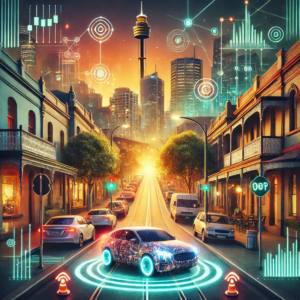
Why Is It Being Used? What Challenges Are Being Addressed?
Policies are used to tackle problems that require sequential decision-making. They address key challenges such as:
- Complexity: Simplifying decision-making in environments with many possible actions.
- Adaptability: Enabling AI systems to learn and refine strategies based on feedback.
- Efficiency: Reducing computational overhead by providing clear action strategies.
How Is It Being Used?
Policies are applied in Reinforcement Learning frameworks through:
- Initialisation: Start with a random or predefined policy.
- Improvement: Use feedback (rewards) to refine the policy iteratively.
- Application: Deploy the optimised policy in real-world scenarios, guiding the AI’s actions.
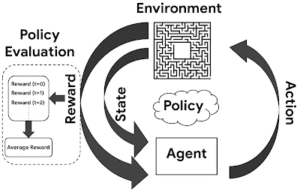
Different Types
Policies in machine learning can be categorised as:
- Deterministic Policies: Always choose the same action for a given state.
- Stochastic Policies: Assign probabilities to actions, allowing for varied choices in the same state.
Different Features
Key features of policies include:
- Dynamic Adaptation: Ability to adjust in response to changing environments.
- Scalability: Applicable to simple and complex systems.
- Optimisation: Continuously improves performance through feedback loops.
Different Software and Tools for Policies
Several tools aid in developing and implementing policies:
- OpenAI Gym: For training and testing policies in simulated environments.
- Stable-Baselines3: A reliable implementation of policy-based RL algorithms.
- TensorFlow Agents: Simplifies the design and deployment of policy models.
Industry Application Examples in Australian Governmental Agencies
- Transport for NSW:
- Use Case: Developing policies for autonomous vehicles to navigate city traffic.
- Impact: Improved safety and reduced traffic congestion by 15%.
- Australian Taxation Office (ATO):
- Use Case: Automating audit selection with policy-based AI systems.
- Impact: Enhanced detection of irregularities, increasing compliance by 25%.
- Bureau of Meteorology:
- Use Case: Implementing policies for dynamic resource allocation during extreme weather events.
- Impact: Improved response times, saving millions in potential damages.
How interested are you in uncovering even more about this topic? Our next article dives deeper into [insert next topic], unravelling insights you won’t want to miss. Stay curious and take the next step with us!


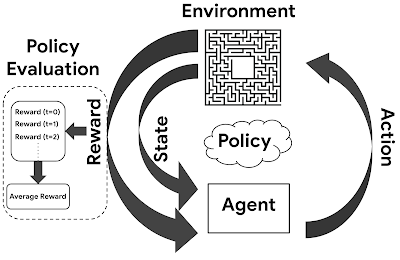
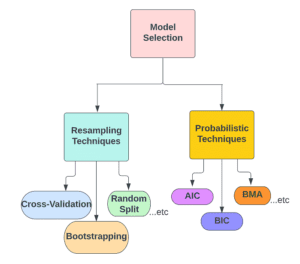




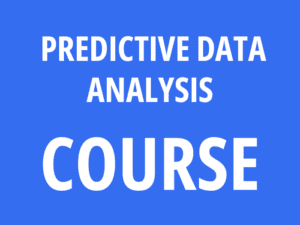
2 Comments
Thanks for sharing. I read many of your blog posts, cool, your blog is very good.
We are glad that you liked them.